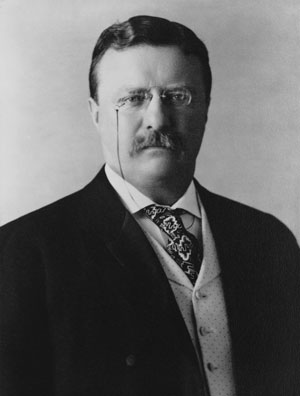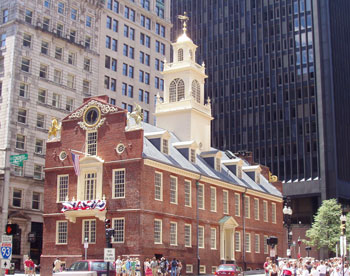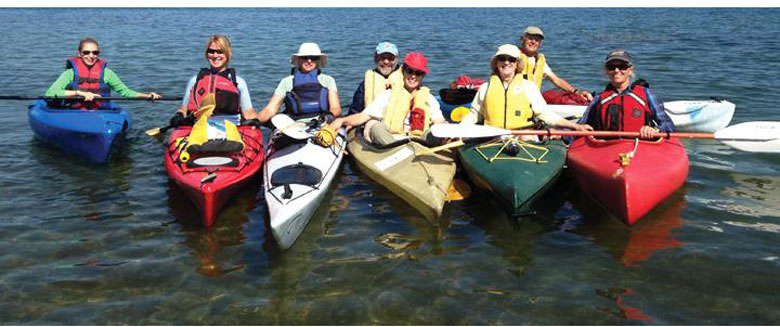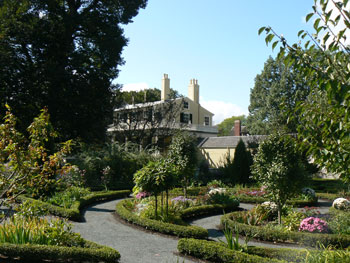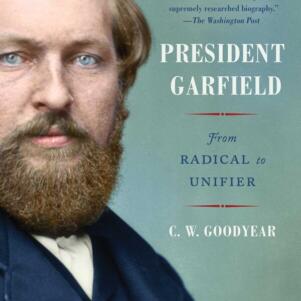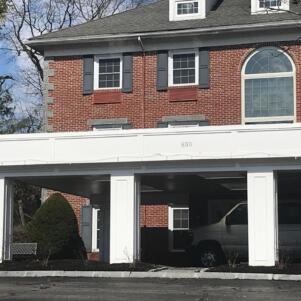Theodore Roosevelt and Boston’s National Park legacy
By Mary McCleary | March 18, 2016, 10:12 EDT
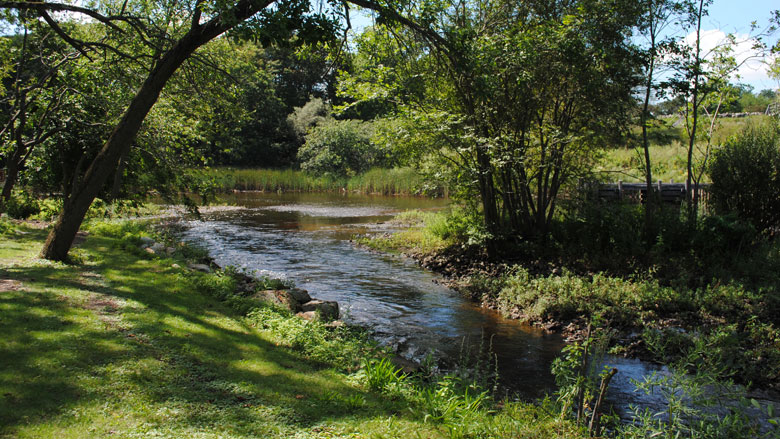 Saugus Iron Works National Park (Wikimedia)
Saugus Iron Works National Park (Wikimedia) Some of the nation’s finest historic sites and parks are located in the Boston area. We owe that conservation plan to Theodore Roosevelt (1858-1919), who founded the national park, monument, and forest systems during his presidency. Yet like many prodigious works, this great legacy began with a great tragedy.
On Valentine’s Day in 1884, Roosevelt suffered a double trauma. While he was away at the New York State Assembly, his young wife Alice was expecting their first child. She decided to stay with her mother-in-law, Mittie, for help with the baby. But Mittie contracted typhoid fever. When the baby was born on Feb. 12, Roosevelt rushed home and arrived at midnight on the 13th. In the early hours of the morning on Feb. 14, Mittie died. Roosevelt was barely able to grieve his mother, whom he called “sweet, gracious … and beloved by everybody.” Only hours later on the same day, his beloved wife died from kidney failure, just two days after giving birth to their daughter, Alice Lee.
Writing about Alice, Roosevelt said, “She was beautiful in face and form, and lovelier still in spirit; As a flower she grew, and as a fair beautiful young flower she died … And when my heart’s dearest died, the light went from my life forever.” Overcome with grief, Roosevelt swore off politics, entrusted the baby to his sister Bamie, and left for the Dakota wilderness, where he remained for two years.
It wasn’t the first time Roosevelt had found solace in nature. As a small child, he suffered from severe asthma, and became an amateur naturalist while being home-schooled. When he was only 7 years old, he started a rudimentary “Roosevelt Museum of Natural History” with the help of two cousins.
“It is also vandalism wantonly to destroy or to permit the destruction of what is beautiful in nature, whether it be a cliff, a forest, or a species of mammal or bird.” – Theodore Roosevelt
After building his ranch in North Dakota, Roosevelt learned herding techniques from cowboys, and starting writing about wildlife and frontier expeditions in books and magazines articles. Though his publications included stories of hunting trips, he often bewailed the rampant disregard for preservation, and expressed concern about the loss of various species and the destruction of their habitats. He also began mobilizing other ranchers to help him establish conservation programs, hoping to preserve endangered animals and their grazing lands.
Roosevelt said, “It is also vandalism wantonly to destroy or to permit the destruction of what is beautiful in nature, whether it be a cliff, a forest, or a species of mammal or bird.”
Rejuvenated by his sojourn in the west, Roosevelt returned to politics. When he became president, he made wildlife and habitat protection a priority of his administration. Roosevelt later said that the Federal conservation programs he launched were his proudest achievement. By the time he left office, Roosevelt had founded the National Park system and the U.S. Forest Service, including 18 new U.S. National Monuments, 150 National Forests, 51 Federal Bird Reserves, and four National Game Preserves. The total protected land and wildlife areas secured by the president comprised about 230 million acres of public land.
Many of these national treasures are located in Massachusetts. The National Park Service either owns or helps administer sites throughout the Commonwealth, including historic buildings in Boston, as well as parks and wildlife refuges in the surrounding areas.
Here are a few selections of the wonderful national parks in and around the city:
The most famous urban site is the Boston National Historical Park, which highlights Boston’s activities during the American Revolution. Most of the locales are situated along the Freedom Trail walking tour, including the Bunker Hill Monument, Faneuil Hall, Dorchester Heights, the Old North Church, Charleston Navy Yard, the Old South Meeting Hall, Paul Revere House, and the Old State House.
The Saugus Iron Works National Historic Site is just 10 miles north of the city in Saugus, and dates from 1646. It contains lovely grounds, and a fully reconstructed blast furnace and rolling mill depicting the first integrated ironworks in North America. It also features a restored 17th-century house.
On Beacon Hill, the Boston African American National Historic Site includes the 1806 African Meeting House, which is the oldest standing black church in the U.S. The various buildings present the history of Boston’s African-American community in the 19th century.
The Boston Harbor Islands National Recreation Area is a collection of islands and a peninsula around the Boston harbor. The National Park Service helps the Commonwealth of Massachusetts coordinate the islands’ activities for both public use and wildlife protection. The park offers hiking, beaches, ferry rides, and the Civil War-era Fort Warren. Little Brewster Island also contains the oldest lighthouse in the country. Many of the islets are included in the Boston Harbor Islands Archeological District.
The Longfellow House – Washington’s Headquarters National Historic Site is located on Brattle Street in Cambridge. The house served as George Washington’s headquarters in 1775-1776, and was later the home of the venerable poet, Henry Wadsworth Longfellow. The National Park Service provides excellent house tours, and the garden is particularly enchanting.
Venturing out of the city, the Essex National Heritage Area encompasses 500 square miles of historic, cultural, and natural sites, several of which are owned and operated by the National Park Service. The Border to Boston Trail is one of many fine initiatives of the Essex Heritage partnership. The 28-mile path will include a non-motorized, multi-use rail trail between Salisbury and Peabody, linking together town centers, schools, and public parklands.
So the next time you explore one of Boston’s historic or natural park treasures, give a nod to Teddy Roosevelt, who built the national conservation legacy we enjoy today.
Contact Mary McCleary at [email protected].

